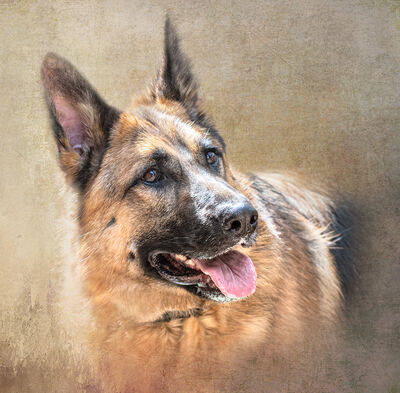Indexed - Basics of noise processing
Jun 11, 2019 12:22:19 #
CHG_CANON wrote:
Image noise is extraneous visible artifacts that d... (show quote)
Thanks for the great info about Adobe preset NR.
Jun 11, 2019 23:30:24 #
minniev wrote:
Yes, please do one on presets - they are such a time saver! It will help a lot of folks and you'll probably have some new ideas for those of us who already use them.
(My import preset is my best friend!)
(My import preset is my best friend!)
Thank you minniev! I did some investigation of the presets, but I found in Aug-2018, our buddies at Adobe changed the format of the Preset files to XMP 'tagged' files. I probably can't write useful instructions on managing the content of the XMP files until I can generate some of my own examples as Adobe doesn't publish any documentation of the files.
Jun 11, 2019 23:30:54 #
Thank you Keni, olemikey, Ken, bleirer, Robert! I'm getting a little nervous about my 'old' standalone v6 LR software. Hopefully, the current version doesn't different in the sliders / interface even if the performance of the NR processing has improved.
Jun 12, 2019 06:45:50 #
A very good illustrated tutorial! Thanks for sharing your knowledge on a subject that haunts all photographers.
Jun 12, 2019 07:43:10 #
I also would like to say thank you for this and other informative posts you have offered us.
Jun 12, 2019 08:27:09 #
Jun 12, 2019 09:18:33 #
Excellent post, as always. Thanks ... & I too will appreciate a "tutorial" on presets. Thanks for taking the time to share information you obviously spent some effort learning. I often find myself looking for your posts. So thanks.
Jun 12, 2019 09:20:25 #
CHG_CANON wrote:
Thank you Keni, olemikey, Ken, bleirer, Robert! I'm getting a little nervous about my 'old' standalone v6 LR software. Hopefully, the current version doesn't different in the sliders / interface even if the performance of the NR processing has improved.
I personally went with CC ... it has similar sliders but it also added 1 that I tend to like because it doesn't seem to "over do" an effect ... it's called texture. Check it out.
Jun 12, 2019 09:23:41 #
fbeaston wrote:
Is this it:I personally went with CC ... it has similar sliders but it also added 1 that I tend to like because it doesn't seem to "over do" an effect ... it's called texture. Check it out.
https://www.uglyhedgehog.com/t-593616-1.html
.
Jun 12, 2019 09:29:24 #
Linda From Maine wrote:
That's the one ... seems like you are the "Gate Keeper" here at UHH ... & there are those of us whom you've helped directly or indirectly who are very appreciative of your efforts. Thanks.
Jun 12, 2019 09:29:53 #
fbeaston wrote:
Only the gate to PP Forum That's the one ... seems like you are the "Gate Keeper" here at UHH ... & there are those of us whom you've helped directly or indirectly who are very appreciative of your efforts. Thanks.
 Appreciate your support!
Appreciate your support!Jun 12, 2019 09:30:00 #
CanonTom
Loc: Birmingham
Paul, every time you post a tutorial, I learn something......often a lot! Thank you. I also would appreciate a lesson on presets! Tom
Jun 12, 2019 09:33:29 #
Linda From Maine wrote:
Only the gate to PP Forum  Appreciate your support!
Appreciate your support!
 Appreciate your support!
Appreciate your support!I might beg to differ just a bit ... you in fact, once helped me directly by offering a suggestions with some info in response to a post I put in another section. So my comment stands. Thanks.



Jun 12, 2019 10:57:40 #
DaveJ
Loc: NE Missouri
Again, Thanks Paul. Another of you posts I have read with great interest. Keep them coming.
Jun 12, 2019 12:12:11 #
If you want to reply, then register here. Registration is free and your account is created instantly, so you can post right away.











